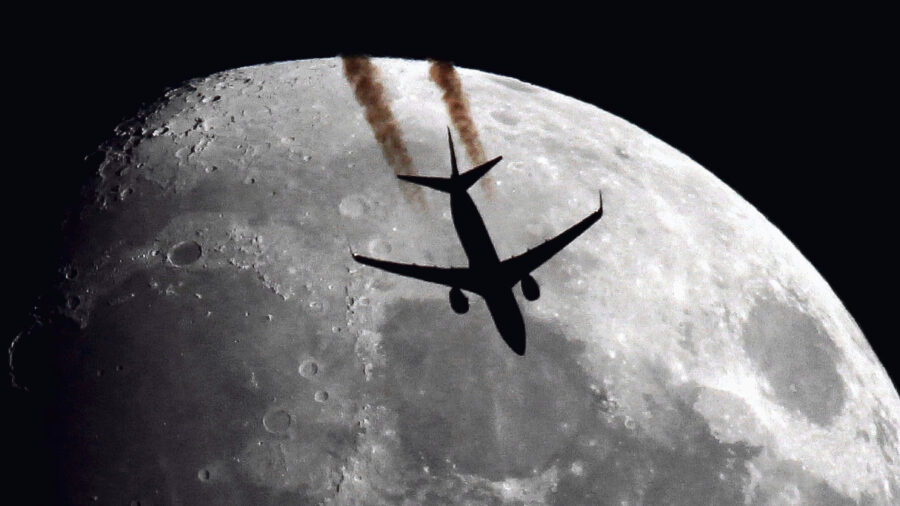Scientists Say They Can Turn Moon Dirt Into Rocket Fuel
Moon dirt is now being used to create fuel, which could make further space exploration possible.
Space is indeed the final frontier, and a group of scientists in China has successfully turned moon dirt into rocket fuel, which is a huge step in the direction of furthering space exploration. This new research has found that lunar soil samples can be used as a catalyst that can successfully create rocket fuel, which would mean that astronauts could land on the moon and still find ways to create fuel to make it back home. Also, it could mean that making it past the moon and back home is far more possible.
Yujie Xiong is the lead author of the paper that was published in the National Science Review. Xiong stated that “Utilization of lunar soil to achieve extraterrestrial fuel and oxygen production is vital for the human to carry out Moon exploration missions.” Should this new wave of creating rocket fuel while on the moon make it past the proof-of-concept stages it currently is in, it would mean that exploration missions could theoretically go on for longer.

The moon rocket fuel is created by using the soil samples taken from the moon that is then coupled with water from astronauts’ bodies and the environment to create methane and oxygen. However, the researchers are attempting to see if that process can be created by the usage of robotics, and not having any astronauts present. Should this happen, it would mean the stockpiles of fuel could be stored on the moon for later use.
The biggest hurdle currently is the process of liquefying the carbon dioxide that would then be turned into fuel. The moon is naturally cold, and the process of the liquefication of carbon dioxide would require a significant amount of heat, which could be accomplished in some sort of structure, but structures being placed on the moon that could do this is likely many years away.
Still, the idea that astronauts would be able to land on the moon, fuel up, and then take off to another destination is fascinating. Also, it could mean that being on the moon for longer durations would be possible if this fuel was sustainable and created for future missions. The hurdles of this process are keeping the paper at the proof-of-concept level, as previously mentioned.
Colonizing the moon has been one of the biggest far-fetched ideas posed by the idea of space exploration for decades, but this new fuel possibility could mean that colonization is not as wild a concept as previously thought. Elon Musk and his Starlink satellites could play a major role in this concept as well, considering he has been obsessed with space travel for quite some time.
Technology is starting to make space travel to the farthest reaches of space seem far more plausible, and if we can somehow find a fuel system that can propel astronauts even farther past the moon, then we might finally discover that life outside of the Milky Way Galaxy exists. The James Webb Space Telescope is starting to discover new and exciting elements that exist in the farthest parts of the universe, and now scientists are attempting to get us there. It is an exciting time to think about space travel.












